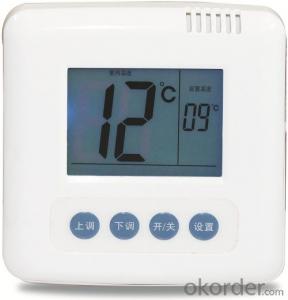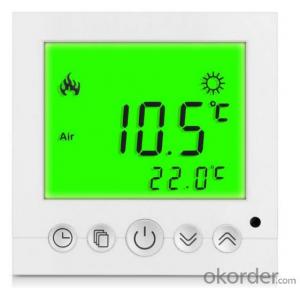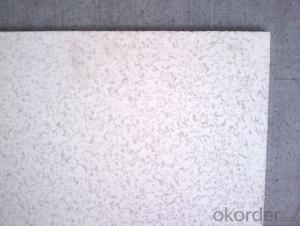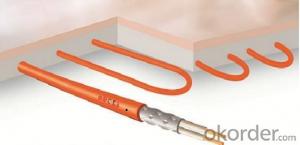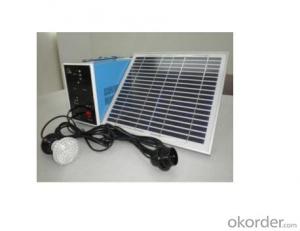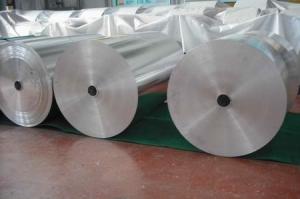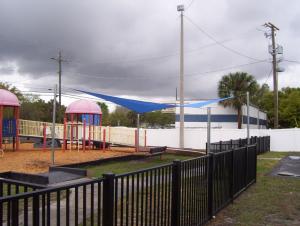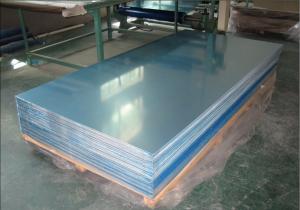Solar System And Inverter
Solar System And Inverter Related Searches
Primer For Galvanized Steel H S Code For Stainless Steel Wd 40 For Stainless Steel Spray Paint For Stainless Steel Glue For Stainless Steel Step Bit For Stainless Steel Magnets For Stainless Steel Caulking For Stainless Steel Steel Vessels For Kitchen Best Solar Inverter For HomeHot Searches
Steel Mesh Panels For Sale Cheap High Tea Sets For Sale High Density Fiberboard For Sale Solar Hot Water Collectors For Sale Scaffolding For Sale In Uae Scaffolding For Sale In Ireland Scaffolding For Sale In Houston Type Of Inverter For Solar Price Of Shipping Containers For Sale Used Solar Inverter For Sale Portable Led Signs For Sale Stone Hot Water Bottles For Sale Large Led Screens For Sale 1/4 Aluminum Plate For Sale H4 Led Headlight Bulbs For Sale Flexible Solar Cells For Sale Air Pump For Aquarium Price Inverter Size For Solar System Solar Edge Inverter For Sale Aluminum Bar Stock For SaleSolar System And Inverter Supplier & Manufacturer from China
Okorder.com is a professional Solar System And Inverter supplier & manufacturer, offers integrated one-stop services including real-time quoting and online cargo tracking. We are funded by CNBM Group, a Fortune 500 enterprise and the largest Solar System And Inverter firm in China.Hot Products
FAQ
- The role of a solar inverter in voltage support is to convert the direct current (DC) power generated by solar panels into alternating current (AC) power that can be used to support the voltage requirements of electrical devices and the overall electrical grid. The inverter ensures that the AC power produced by solar panels matches the voltage and frequency requirements of the electrical system, thereby providing stable and reliable power supply.
- A solar inverter handles voltage fluctuation during cloud cover by continuously monitoring and adjusting the output voltage to compensate for the reduced solar energy input. This is typically achieved through advanced control algorithms that optimize the inverter's power output to maintain a stable voltage level, ensuring a smooth transition during periods of cloud cover and minimizing any disruptions to the electrical system.
- A solar inverter interacts with a battery storage system by converting the direct current (DC) generated by the solar panels into alternating current (AC) that can be used to power household appliances or be fed back into the grid. It also manages the charging and discharging of the battery, ensuring efficient energy storage and utilization.
- A solar inverter communicates with other system components through wired or wireless connections. It exchanges data and instructions with solar panels, batteries, smart meters, and monitoring systems using protocols such as Modbus, CAN bus, or Wi-Fi. This communication enables real-time monitoring, power optimization, grid interaction, and system management for efficient and effective solar energy utilization.
- Yes, a solar inverter can be used with solar-powered water pumps. A solar inverter is responsible for converting the direct current (DC) produced by solar panels into alternating current (AC) that can power electrical devices, including water pumps. This allows the solar panels to directly power the water pumps, making them suitable for off-grid or remote locations where access to electricity is limited.
- When choosing a solar inverter, some key features to consider are the inverter's efficiency, maximum power point tracking (MPPT) capability, warranty and reliability, communication capabilities, and compatibility with your solar panels and battery system (if applicable).
- Yes, solar inverters are designed to be used in harsh weather conditions. They are built to withstand extreme temperatures, high humidity, and heavy rain or snow. Additionally, they have protective features such as sealed enclosures and corrosion-resistant components to ensure reliable operation even in challenging weather environments.
- Yes, a solar inverter can be used with solar-powered streetlights. The solar inverter converts the direct current (DC) generated by the solar panels into alternating current (AC) that is required to power the streetlights. This enables the solar-powered streetlights to function efficiently and effectively.
